I eat, I read, I watch — dining solo #30
I eat, I read, I watch — dining solo #30
Today’s post is the 30th of “I eat, I read, I watch,” my column highlighting a solo dinner and my reading and watching accompaniments. Don’t just eat alone - dine solo! You’re worth it. And it’s not hard to do.
Missed earlier instalments? Check out the list at the bottom of the post.
I eat: Beef stew with apple juice
So I’ve got this Empire apple tree, right? And I don’t really like apples (or fruit more generally TBH) so I while I love the idea of apples, they become a bit of a millstone in September. Two weekends ago, I picked a bagful and threw them in the slow cooker for a few hours with some water and a few spices and then put the mixture through a cheesecloth. You see, juice I can handle. I know, I know. Fibre. But in my defence, I eat a lot of vegetables.
Then I saw a recipe using apple juice in beef stew. A couple of Sundays ago, that’s what I made. I began by browning a kilo of stewing beef in some grape seed oil using my favourite Le Creuset dutch oven. Once browned, I added two cups of apple juice and a cup of beef broth, along with a couple of tablespoons of apple cider vinegar, salt, pepper, and some sprigs of thyme from my garden. I got it to a boil and then simmered it, lid on, After an hour, I added carrot, celery, potato, and onion, bringing it back to the boil and then simmering, lid on, for another 30 minutes. Once everything was tender, I added a slurry of 1/4 cup flour with 1/4 cup water for thickening along with a 1/2 cup or so of frozen peas. This was off-recipe, but no stew is complete without the pleasing colour and taste of green peas.
I served myself a couple of slices of buttered sourdough toast alongside a bowl of stew and must say, ’twas tasty! Although we think of apple as pork-adjacent, this really worked. I’ll make it again.
Prep Time: 2 hours or so
Origin: Everything Canadian except for the oil.
Cost: $20+ of beef + $5 for vegetables. At least 4 meals.
How are you using fall fruit? In the Comments below please!
I read: How Can I help? Saving Nature with your Yard
How Can I help? Saving Nature with your Yard, is the fourth book from entomologist and wildlife ecologist, Douglas Tallamy. I’d never heard of him though until Valerie Groves, the gardener who designed and planted my backyard pollinator turned me on to him during our interview for Valerie’s Lane Changer profile. I ordered this 2025 release from my local library and had it within a few days. This made me happy — who doesn’t like near-instant gratification? — but sad too. Why wasn’t there a waiting list for this one? Why aren’t we all keen to find ways to improve our local ecology with a little care and attention to what we’re planting in our own yards, but also in the public spaces that surround us? Oh, I know, it’s become more of a ‘thing.’ People are less likely to complain to the municipality when their neighbours have replaced their front lawns with stands of milkweed and goldenrod, reducing water usage and improving their chances of creating the right habitat for the insects that do good in our world.
Tallamy responds to 499 questions he’s collected over years, creating a treasure trove of info, a lot of which is new news for me. I’ve been gardening now for 14 years but mine’s been a haphazard approach: that’s pretty, let me buy it; that’s growing well, I won’t interfere; yes, I WILL take your excess perennials; and so on. For example, there was the summer I let wild carrot grow because it took root and I couldn’t be bothered or didn’t have the energy to get rid of it. The next year, I had a forest of them. Of course, Tallamy’s helped me understand that in fact it’s not native and I probably shouldn’t have allowed it to colonize my property. Two years ago, giant hogweed invaded one of the boxes behind my house. Also not native. Also not easy to eradicate. If I think back a few decades, I consider all the damage my dad did to the ecosystem of our farm, as he methodically drained all the wetlands to create more arable land and drive all the ‘pests’ away. Those pests that didn’t take the hint were sprayed to death with chemicals long-since banned. My, have things have changed.
So here I am, working my way through Tallamy’s questions and answers. He’s got a full 10 pages devoted to monarchs!
Are you reading anything educational? Let’s hear about it in the Comments below.
I watch: Lilith Fair: Building a Mystery
If you’re a North American woman within 10 years of my age, there’s a pretty good chance you went to Sarah McLachlan’s all-female music festival at least once between 1997 and 1999. I remember it fondly — there with my niece, one of my sisters, and a couple of friends on a blanket on the hillside at Ontario Place. And thousands of other women or people who appreciated good music. I’d followed McLachlan since her first album, Touch, and that all crystallized into fandom on her second album (Solace) tour in 1992 when I saw her perform at the Wintergarden Theatre in Toronto. She had so many candles burning on stage, it set of some heat detector and the curtain came down briefly. I wasn’t fazed by this and nor did I worry about fire code. Ah. Youth. It was a no-brainer that I was going to Lilith five years later.
This documentary of the three years of Lilith and her reasons behind it captures the time so well. It seemed like it was the beginning of something new — female singer-songwriters were coming into their own. I cried for nearly the full 90 minutes of the doc. Some of those tears were for the nostalgia but a lot of them were in recognition of how little progress we’ve actually made since then. The BS response that Paula Cole (one of the Lilith stars) got for having unshaved armpits on display at the Grammys in 1999 was echoed on social media this week when Livvy Dunne (formerly Olivia Paige Dunne), an American influencer and former artistic gymnast, was forced to defend a photo of her with her arms over her head, in which you can see sweat stains. Good grief. Who cares? Men can sweat but women can’t?
Whether you remember Lilith or not, I recommend this doc. It’s an inspiring slice of history.
Watched a good doc lately? In the Comments below please!
Missed the earlier instalments of this column? Click:
#1 (pork chop & green beans)
#2 (trout & veg)
#3 (shrimp pepper bisque)
#4 (rice & peas with coleslaw)
#5 (ramen)
#6 (burger & fries)
#7 (duck sausage & salad),
#8 (shrimp & veg with pasta)
#9 (Wigilia)
#10 (mushroom shepherds pie)
#11 (roasted veg and sausage)
#12 (leftovers)
#13 (garlic shrimp with rapini on egg noodles)
#14 (beef stew)
#15 (salmon mac and cheese)
#16 (salmon cakes and ragout)
#17 (pork tenderloin, red cabbage, potatoes)
#18 (pulled turkey and salad)
#19 (almond butter chicken korma)
#20 (lobster tacos with asparagus)
#21 (rainbow trout, garlic mashed potatoes, and roasted asparagus)
#22 (pork tenderloin and black-truffle infused egg noodles with fresh asparagus)
#23 (grilled halloumi with roasted asparagus and mushroom salad)
#24 (savoury bread pudding)
#25 (Kung Pao chicken)
#26 (tofu, pepper, and shiitake stir fry on rice)
#27 (stuffed zucchini)
#28 (pulled duck tacos with cauliflower-stuffed red pepper)
#29 (Slow Cooker Chicken and Creamed Corn)
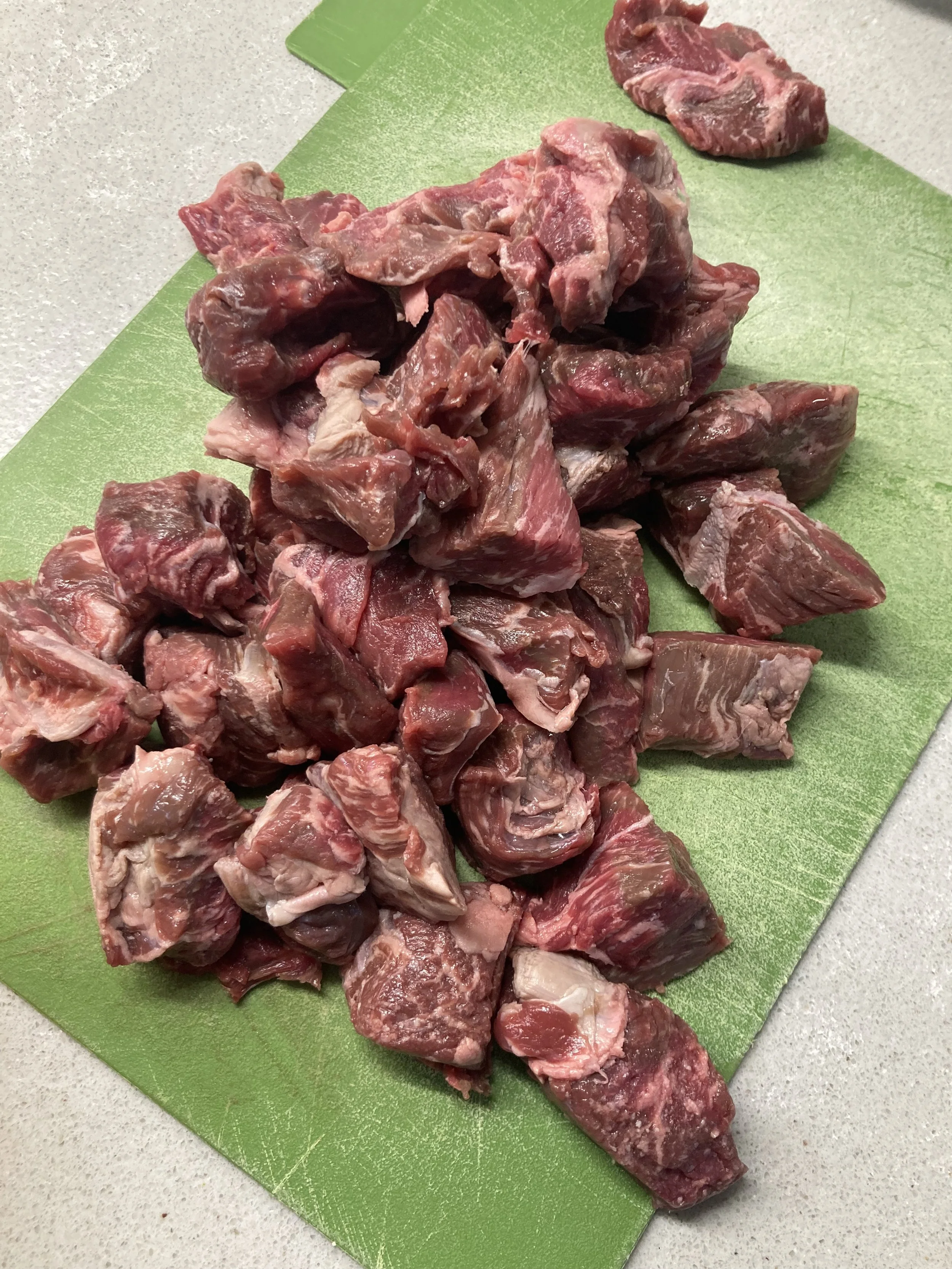
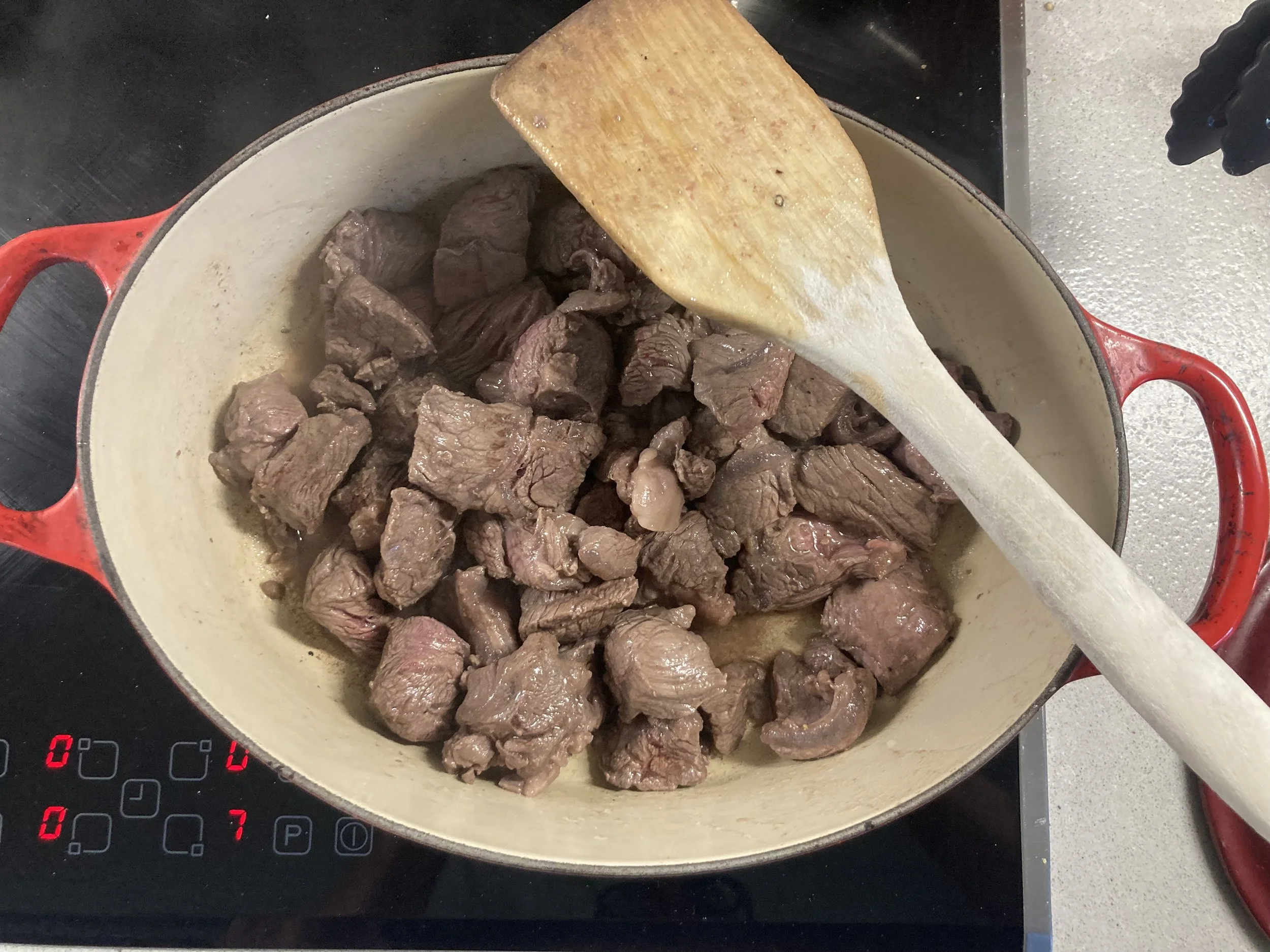
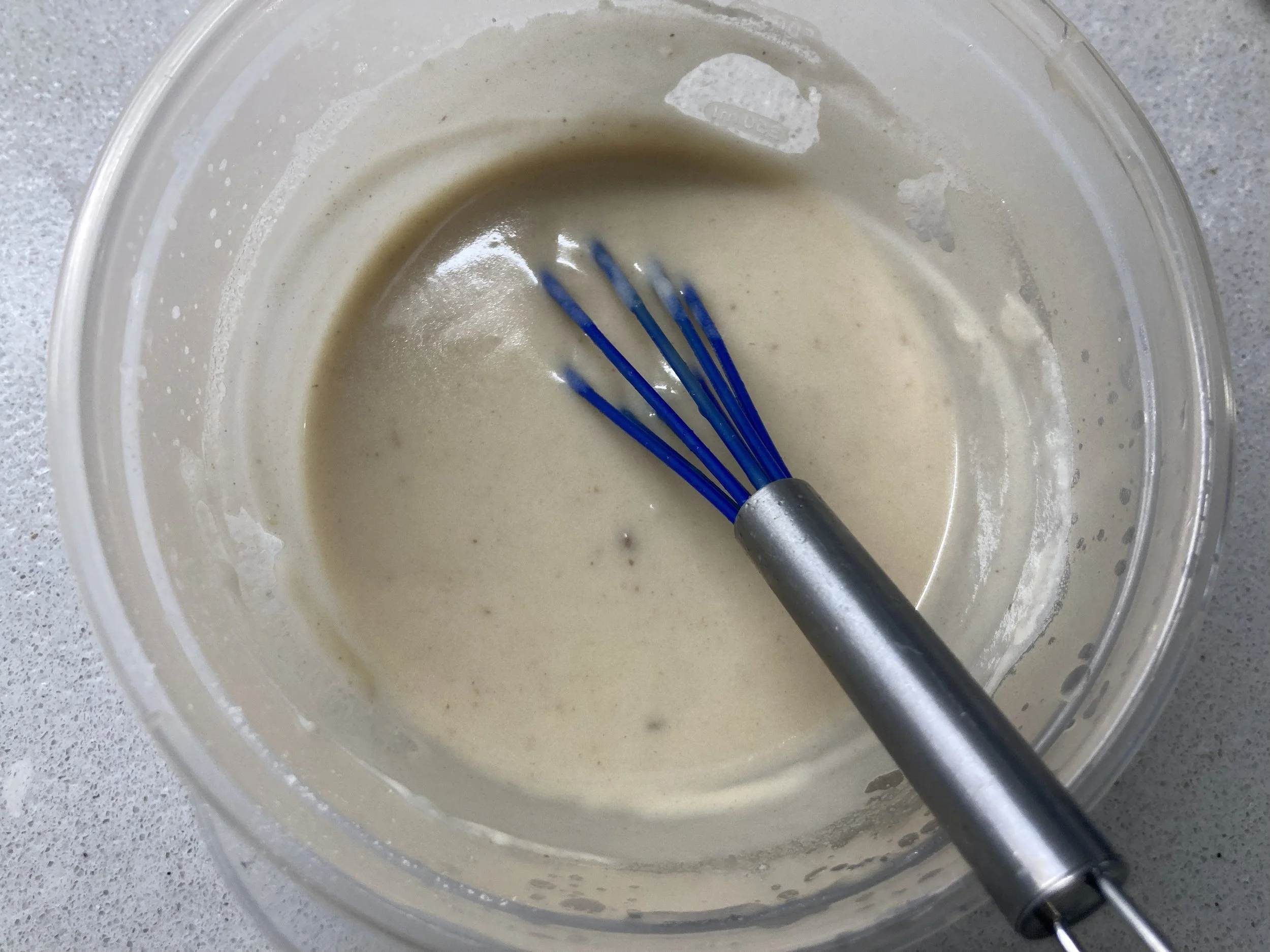
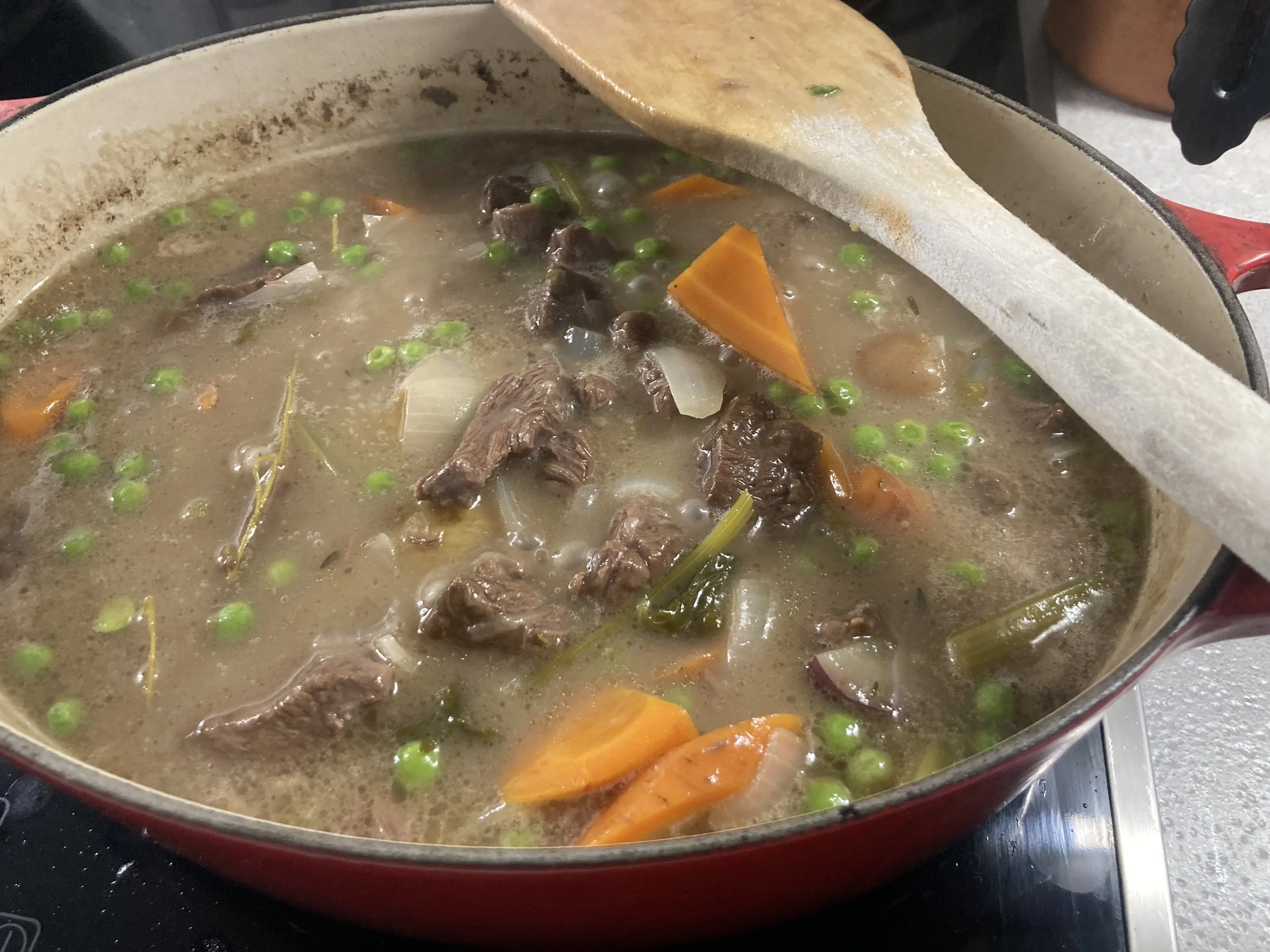
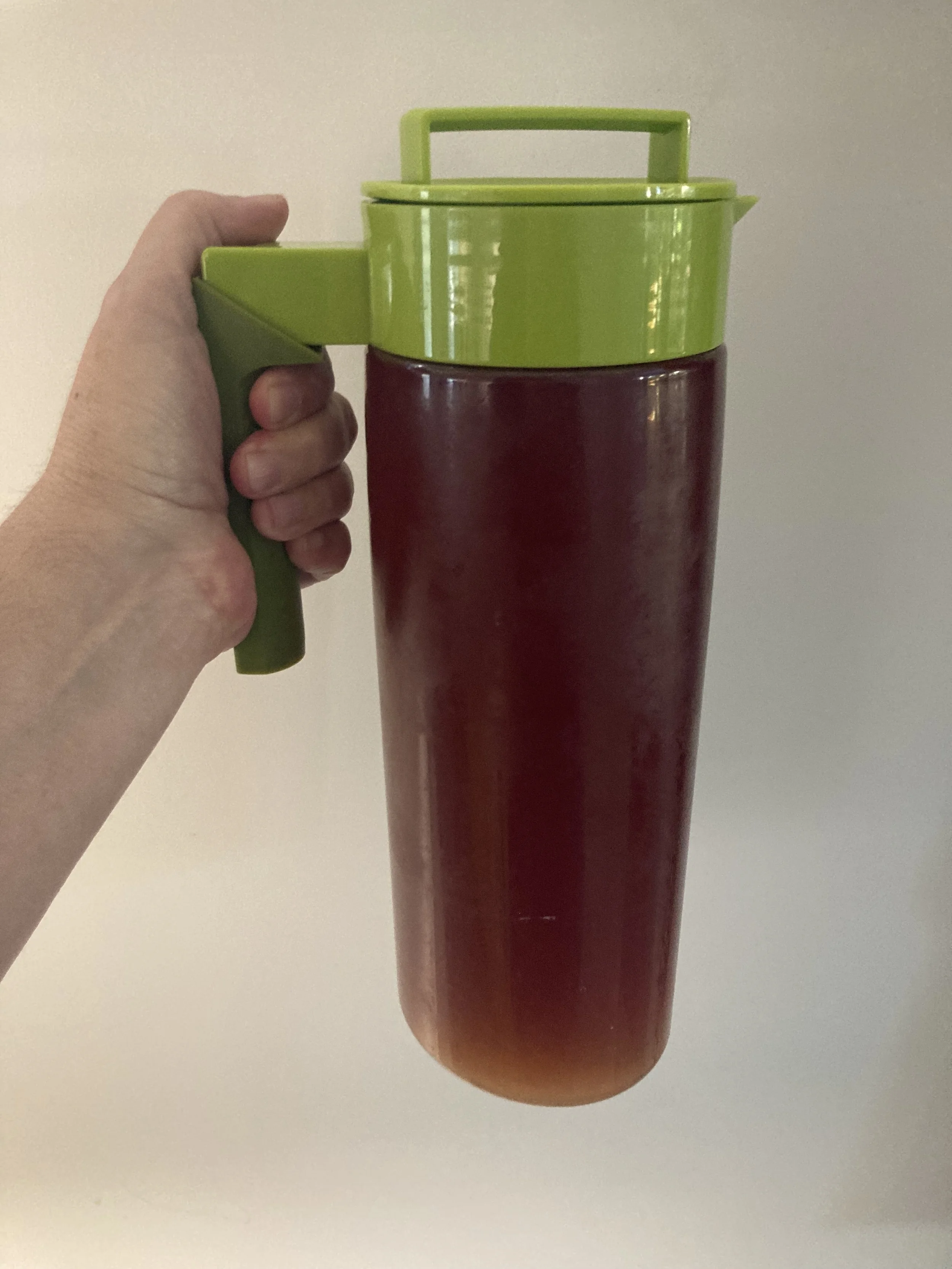
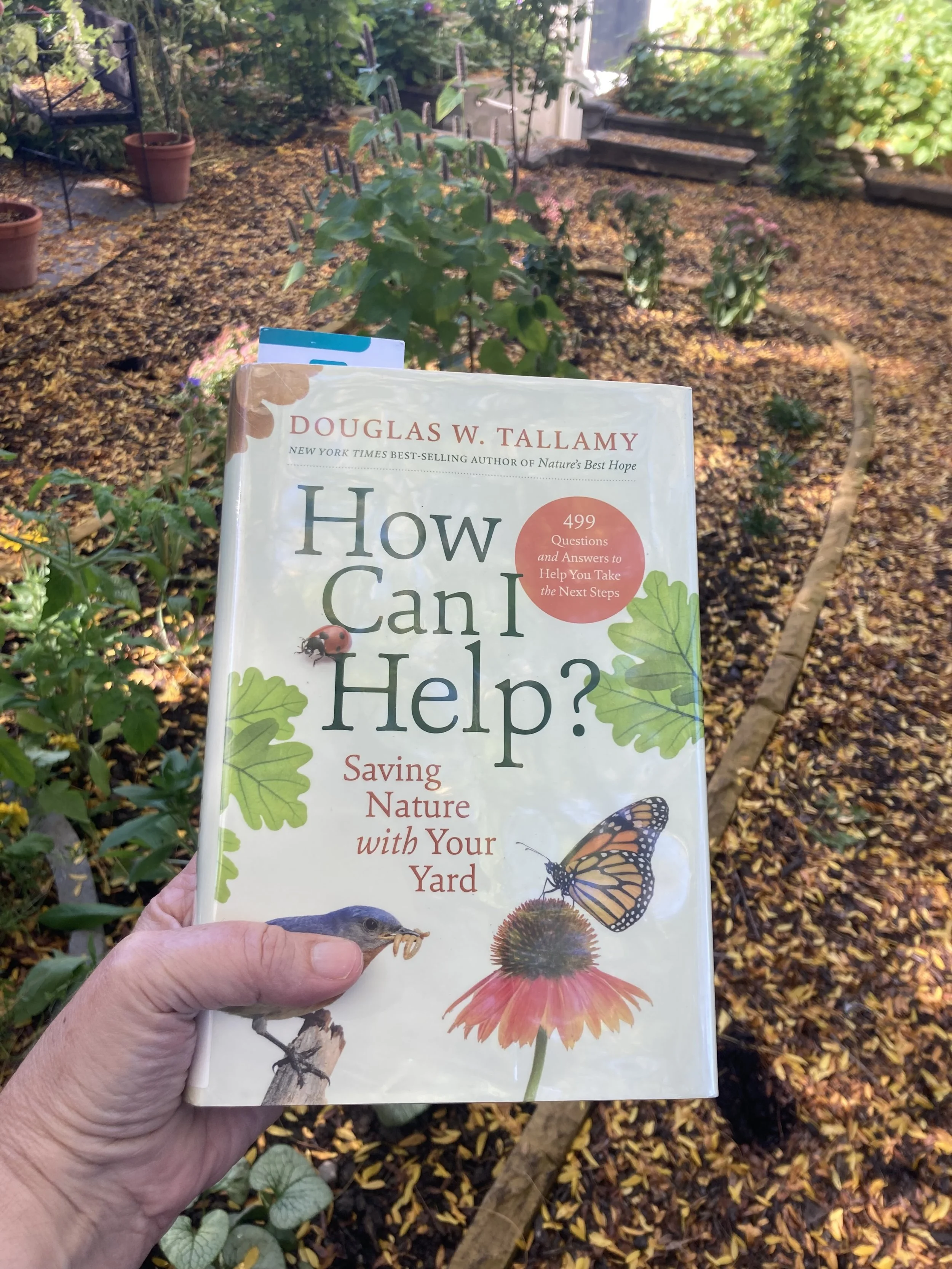
If you like what you’re reading, there is no greater compliment than to become a subscriber. Sign up below with your email address to receive an email with my weekly blog.
